March 10, 2017
The Ballard Locks (also known as Hiram M. Chittenden Locks) are a system of mechanically controlled channels that allow watercraft to travel between the inland waterways of Seattle (Lake Washington, Lake Union, the Ship Canal) and Puget Sound. Located on the edge of Seattle’s historic Ballard fishing community, the Locks offer close-up views of both wildlife and marine traffic. The US Army Corps of Engineers, which built and operates the Locks, also manages the adjoining fish ladder and museum, where visitors can spend an hour or two after strolling the spacious, tree-covered grounds. Needless to say, the Locks have been a tourist magnet in the century since they opened. In the last few years, though, their luster has tarnished. Not because of anything the Corps has done on the property, but because of what the City of Seattle is allowing to happen . . . just outside the fence.
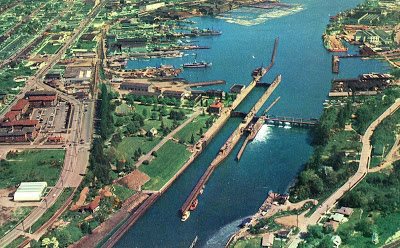
U. S. Government Locks – Seattle, Washington. Second largest locks in the world. Both mighty ocean liners and pleasure craft pass through these locks connecting Lake Union with Puget Sound. Color by Cal Harbert.
Encouraged by an official City policy that could be called “extreme tolerance,” homeless campers have been arriving from various other places and colonizing the northwest edge of the property, just outside the property fence line. This has been going on for a couple of years now, with little to no response from the City.
My colleague Kate is an environmental and community activist who lives near the Locks and visits them daily. I asked her to share her memories of the Locks and to put them into perspective with what the place looks like now. By way of introduction, let me say that Kate is a classic Seattle type: Long-time resident, well-spoken and liberal-minded, fully engaged with her community and with the world. She isn’t against homeless people, but, like so many of the unheard majority in Seattle, she is heartbroken by what the City’s policies are doing to the ecology and natural beauty of the area.

Government Locks, Seattle, Wash. Thousands of pleasure craft as well as the largest ocean freighters pass through these locks from the waters of Puget Sound to the fresh waters of Lake Union and Lake Washington. Ektachrome by Clifford B. Ellis. Mailed January 1970
Here’s what Kate told me:
I really love the Ballard Locks, not just watching boats lock through, but because of the summer concerts, the lovely gardens, and the wildlife. I get to watch the herons building their nests in the spring, fish jumping, and lots of different aquatic birds. About a month ago, I finally spotted the otter. I never thought much about what an amazing tourist draw it is, although I see lots of tourists, until visitors from NC stayed with me. I sent them to the Locks and they spent the entire day there. There’s nothing like fresh eyes to make you truly appreciate what you have.
I walk every day, often through the Locks and by the Salmon Bay Natural Area to the west. I noticed a tent on the hillside outside the fence about three summers ago and, over the months, more tents appeared. At some point, the city did a “sweep,” but tents re-appeared within a few weeks. Some tents disappeared in the winter but the next spring, there were even more tents. The first year people using the tents would walk along the fence, creating a path there, but the second year, they started going straight up the hillside to their tents, creating multiple paths and exposing plant roots on the steep hillside. The city did periodic sweeps but sometimes the tents were back within 30 minutes. By the summer of 2015, there were tents all along the hillside and garbage everywhere, little waterfalls of garbage falling down the hillside paths. I would see young men riding bikes go up there and you could smell the camp. It was embarrassing to think how many visitors were walking past this.
Just after the Nickelsville encampment was established [a few blocks down the street to the east], the city cleaned the Locks encampment up and I thought they were honoring their policy of not allowing another encampment within a mile of an official camp, but I was wrong. Not only did the encampment come right back, I saw Nickelsville residents going up into the Lock encampment. I was starting to find odd things in the bushes along the Burke-Gilman trail there – used needles, hedge trimmers, a fossil, a cart from Shilshole marina, a still-running stolen car, empty packing cartons. The hillside was started to erode from the loss of vegetation and pathways created. The camp didn’t abate during the winter and, by this past summer, the campers had tied a rope to a tree at the top so that they could rappel up and down the west end as the path was too eroded to use. I could see dead bushes and exposed tree roots. I saw piles of bikes up there. The amount of garbage piled up and spilling down was impressive. I met a couple who were taking pictures of the hillside. They said they’d just been to three countries in Southeast Asia and hadn’t seen anything there that looked as bad.
The city put a dumpster there this last summer to help the campers keep it clean. I walked past that dumpster every day for months and I can count on one hand the number of times it was full. I started to peek into it as I went past and it was usually almost empty. Meanwhile, I’d see bags of garbage littered around close to it and sometimes people would leave large items like mattresses, tires, or bike frames next to the empty dumpster. Over the years, I tried to check with the city about clearing out the camp and cleaning up the hillside but nobody had a schedule and they seemed to think it was pointless as previous sweeps didn’t work. Ironically, in my first few calls I had to convince the city it owned the property.
A tree fell down the slope last fall and I really wondered how long that hillside was going to withstand the abuse, so I started searching for how to lodge an environmental complaint with the city. I discovered that the parcel is an Environmentally Critical Area and come under special protections. The city should not be allowing any camping, building or disturbing of the habitat. It has a 40% slope, a known slide area, a heron habitat, wildlife preservation area, and is an archaeological buffer. I contacted the field operations unit at the Seattle Department of Transportation (SDOT) to ask them about putting up signs prohibiting camping and ended up meeting with SDOT and the US Army Corps of Engineers (USACE), which owns and operates the facility, to discuss closing the area to camping. The SDOT landscape unit was very interested in creating a healthy habitat and USACE is interested to get the area cleaned up for their 100 year anniversary celebrations and also eliminate the security risk.
I thought we were making good progress, but then SDOT wasn’t sure that they could close the area off and referred me to other city departments. As it happened, the camp was scheduled to be cleaned up shortly under the new protocols, and several truck loads of garbage had been recently removed. I spoke to the Multi-Disciplinary Outreach Team* crew on both of the two days they were there and also followed up on contacting Facilities and Services (FAS) about the status of the area. There are still tents there but FAS said they were planning to clear them out completely in the near future.
Here’s what it looks like now
…just three weeks after SDOT did a major clean-up at the site. The tents are not technically on Army Corps land, but they are within the same eco-system as the Locks. Human waste seeps into the waterway immediately and trash ejected from the campsites often finds its way in there whenever there’s a heavy rain or windstorm.
This view shows a typical campsite at the Locks:
The photo below shows a still more-or-less healthy hillside downslope (to the north) of where the tents are. The reason it’s healthy, of course, is because it’s not being used by campers to get to and from their tents:
Here is the view just a few yards to the west along the same slope, where the occupants of single tent (visible at the top of the frame) have, over a period of months, destroyed the vegetation, threatening the stability nearby trees and the slope as a whole:
Here’s a well-worn walking path serving several tents. It’s about four feet wide and winds back into the woods for a tenth of a mile or so. As you can see, the path has been denuded. Just to the east (outside the frame) a tree has fallen over, possibly due to its roots being trampled and unearthed:
Below is a large tree that was sawed up, possibly by City crews, after it fell over. It appears to have been upended from the roots. While this tree’s death might have been part of a natural process (trees are always falling in windstorms around here) that process was likely accelerated by human activity in the area. This is right alongside one of the campsite trails:
Below we see a close-up of the tent from the third photo above. This tent is atop the steepest part of the slope, where the vegetation was most fragile. The quickest and easiest way out is straight down the hill, so that’s the route the camper naturally takes. The slope is quickly turning to unstable muck:
Bye Bye Birdies
Not a great picture here, but I took it because I wanted to show you how close this tent was to the birdhouse just a few feet away. The Locks is the site of an organized bird-nesting effort, and the birdhouses were put in areas where it was thought there would be least human disturbance. So much for that idea:
Close-up of birdhouse. I saw several houses in this area, and there was a tent near each of them:

It’s tough for to me to describe what’s being lost to anyone who isn’t from here or who has never visited this once-splendid spot, but I will close the piece as I opened it, with the comments of another neighbor. The comment is from a reader of the Safe Seattle Facebook page, where this story was originally published:
Like Kate, I too am a long time resident who has steered visiting family and friends to the Ballard Locks – not any more. Unfortunately, the camping and smell of pee and trash has gotten so bad, that I now steer friends and family away. So sad. It really is too bad that any type of peaceful demonstration against the city’s ineptness to enforce existing laws could (and probably would) be considered anti-homeless to the many radical liberals of this area. We are about to see one of the largest property taxes ever imposed on Seattle property and business owners – and still no promises from mayor or council to enforce the laws already on the books. So sad indeed.
*Multidisciplinary Outreach Teams, or MDOTs, are crews of specialists in social service fields (addiction, mental health, housing) who contact people at encampments to offer them services. MDOT teams are supposed to be visiting encampments regularly and frequently, but residents at various camps have reported to me that MDOT visits are rare or non-existent. City authorities do make an effort to have MDOT teams visit any camp that is listed for a “sweep” (removal).
Photo credits: Two top photos and text and the photo below came from the “Visiting Vintage” blog. Remaining photos by David Preston, Taken on March 5, 2017.
Postscript: Vintage Postcard Photos
More on historic Ballard Locks [click here or on the picture]









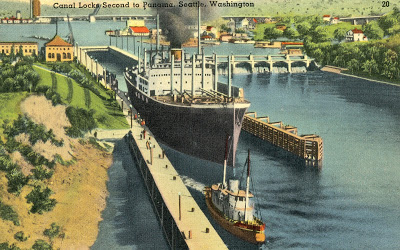


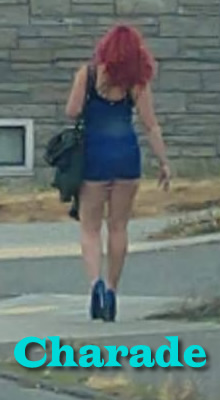


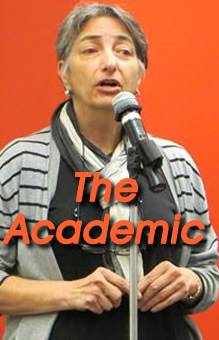
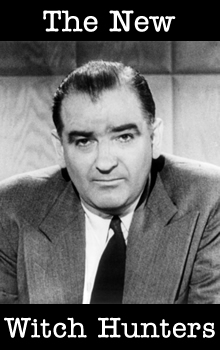
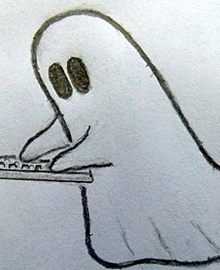

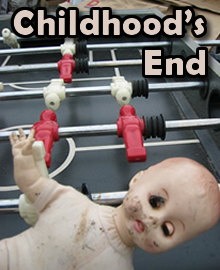






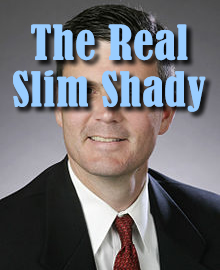


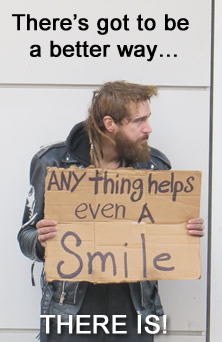
The increase in property tax will most likely leave some elderlyresidents on fixed incomes looking for someplace else to live.
Rent is too high for them so RV living has become an alternative.
Maybe that’s what developers are waiting for .
Let’s make sure that certain city council members (Savant and O’Brien) don’t get their way and let the homeless have free reign in our still beautiful city parks, like Discovery and Green Lake.
I moved here in 1970 from an industrial slum in Brooklyn, NY.
It’s sad to see Seattle becoming more and more like the place I left.